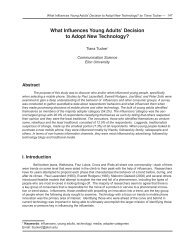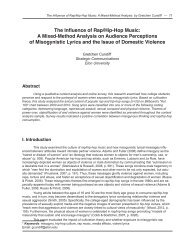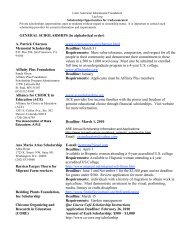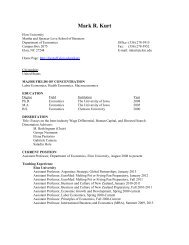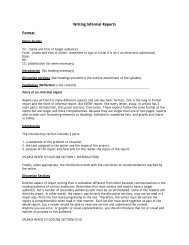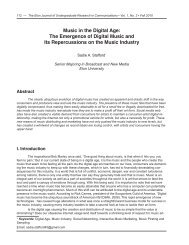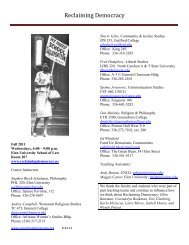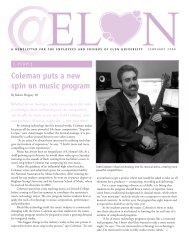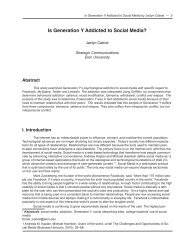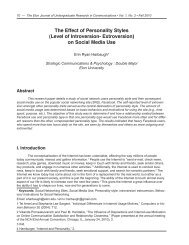In the Supreme Court of the United States In the Supreme Court of ...
In the Supreme Court of the United States In the Supreme Court of ...
In the Supreme Court of the United States In the Supreme Court of ...
Create successful ePaper yourself
Turn your PDF publications into a flip-book with our unique Google optimized e-Paper software.
II. The Thirteenth Circuit erred, as a matter <strong>of</strong> law, by not holding that possession <strong>of</strong><br />
an unregistered sawed-<strong>of</strong>f shotgun is a violent felony under <strong>the</strong> ACCA because such<br />
possession involves conduct that presents a serious potential risk <strong>of</strong> physical injury<br />
to ano<strong>the</strong>r that is similar in degree, and in kind, to <strong>the</strong> enumerated <strong>of</strong>fenses.<br />
While most criminal laws punish <strong>of</strong>fenders for <strong>the</strong>ir actions, <strong>the</strong> ACCA serves a different<br />
purpose. See 130 Cong. Rec. S13080 (daily ed. Oct. 4, 1984) (statement <strong>of</strong> Sen. Arlen Specter)<br />
(announcing <strong>the</strong> bill’s purpose is to provide stiffer sentences for career criminals). The ACCA<br />
makes society safer by incarcerating <strong>of</strong>fenders who, based on <strong>the</strong>ir criminal history, demonstrate<br />
a continued threat to <strong>the</strong> safety <strong>of</strong> o<strong>the</strong>rs. Id. Under <strong>the</strong> ACCA, any person convicted <strong>of</strong> three or<br />
more “violent felonies” and later found in possession <strong>of</strong> a gun is sentenced to a minimum <strong>of</strong><br />
fifteen years in prison. 18 U.S.C. § 924(e)(1) (2006). Under <strong>the</strong> ACCA, a “violent felony”<br />
includes “any crime that is punishable by imprisonment for more than one year that . . . is<br />
burglary, arson, or extortion, involves <strong>the</strong> use <strong>of</strong> explosives, or o<strong>the</strong>rwise involves conduct that<br />
presents a serious potential risk <strong>of</strong> physical injury to ano<strong>the</strong>r.” Id. § 924(e)(2)(B)(ii) (2006). <strong>In</strong><br />
determining whe<strong>the</strong>r possession <strong>of</strong> an unregistered sawed-<strong>of</strong>f shotgun is a violent felony, <strong>the</strong><br />
Thirteenth Circuit correctly narrowed its analysis to <strong>the</strong> residual clause. R. at 9. Possession <strong>of</strong> a<br />
unregistered sawed-<strong>of</strong>f shotgun does not qualify under § 924(e)(2)(B)(i) and is not one <strong>of</strong> <strong>the</strong><br />
enumerated <strong>of</strong>fenses in § 924(e)(2)(B)(ii). Id. This <strong>Court</strong>, however, should hold that such<br />
possession is a violent felony under <strong>the</strong> residual clause because it “involve[s] conduct that<br />
presents a serious potential risk <strong>of</strong> physical injury to ano<strong>the</strong>r.” Id.<br />
A. This <strong>Court</strong> should apply <strong>the</strong> Begay test, as modified by Sykes, when analyzing <strong>the</strong><br />
possession <strong>of</strong> a sawed-<strong>of</strong>f shotgun as a violent felony under <strong>the</strong> residual clause.<br />
<strong>Court</strong>s examine <strong>the</strong> elements <strong>of</strong> an <strong>of</strong>fense, ra<strong>the</strong>r than <strong>the</strong> facts <strong>of</strong> a conviction, to<br />
determine if <strong>the</strong> <strong>of</strong>fense is included under <strong>the</strong> residual provision. Taylor v. <strong>United</strong> <strong>States</strong>, 495<br />
U.S. 575, 600 (1990). <strong>In</strong> Begay v. <strong>United</strong> <strong>States</strong>, this <strong>Court</strong> developed a two prong test to<br />
17




